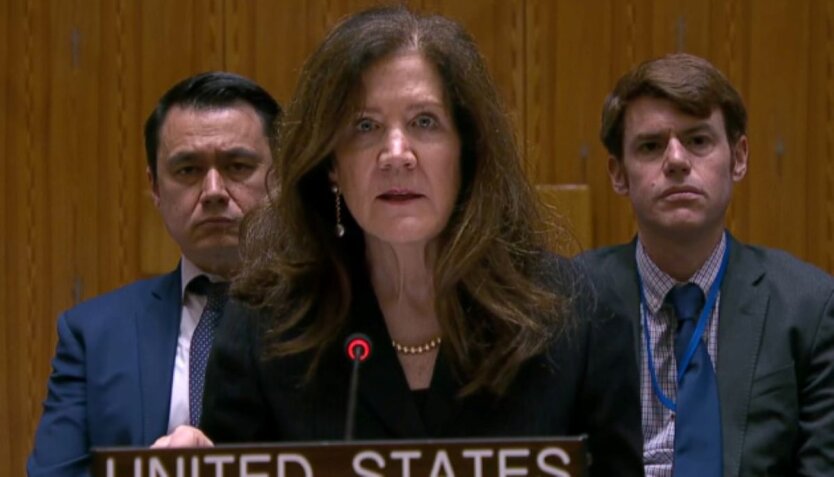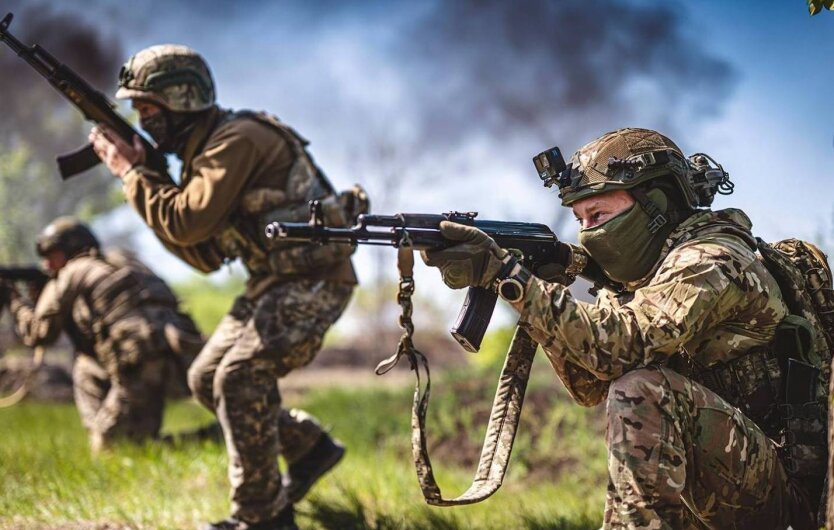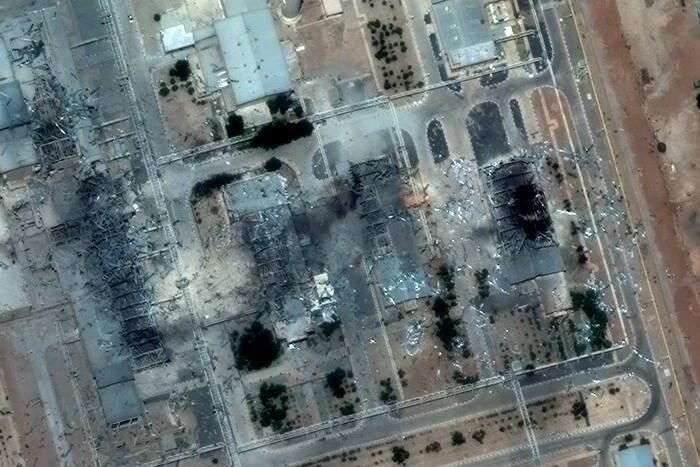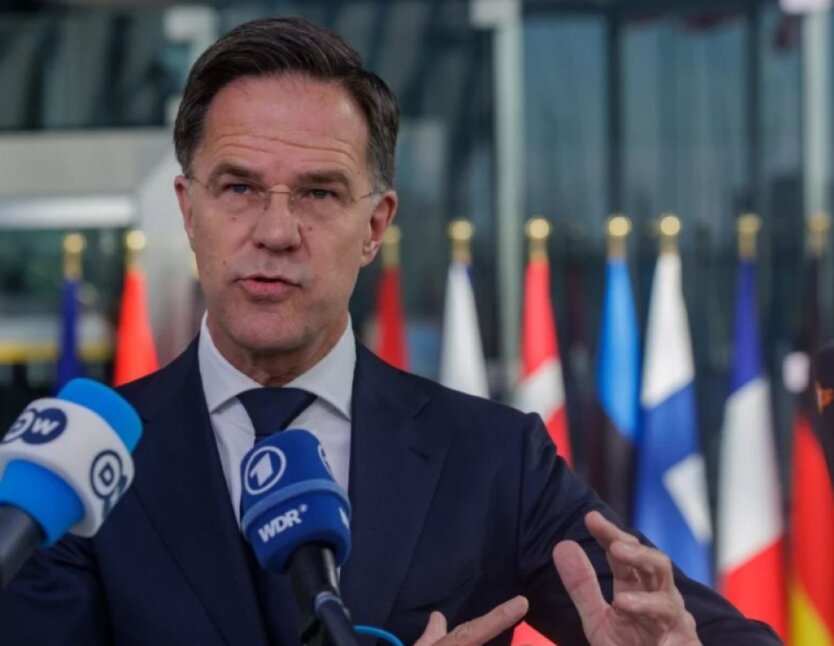Ukrzaliznytsia has updated the train schedule: timetable and routes.

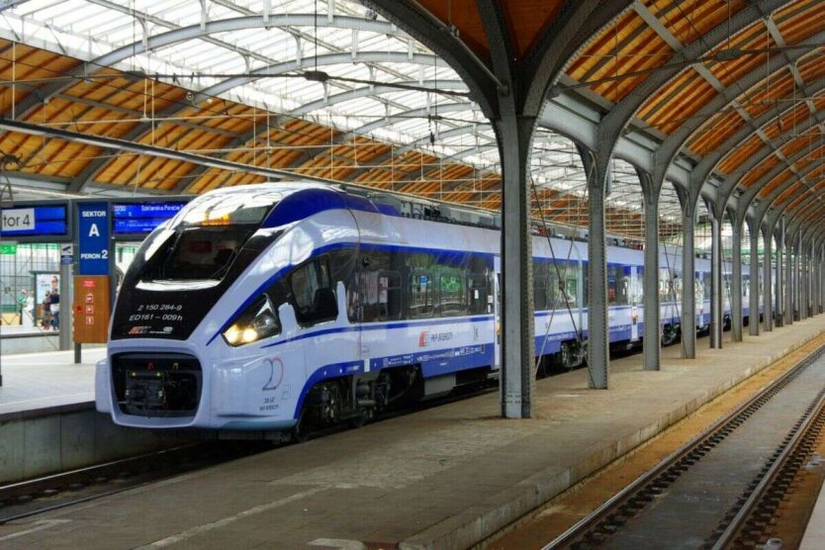
Ukrzaliznytsia has published a new schedule for the next two years, which includes significant improvements in international rail connections. Starting December 15, two important routes were launched that enhance cross-border passenger mobility.
The first route connects Ukraine and Poland. The PKP Intercity train started operating from Warsaw West station to Rava-Ruska, providing comfortable and synchronized connections. Passengers arrive on Ukrainian territory at 13:45, where they transfer to the diesel train DPKr-3, which heads to Lviv and Chernivtsi.
The route passes through key Ukrainian stations: Ternopil, Chortkiv, Zalishchyky. The addition of an extra pair of trains No. 765/766 – 865/866 significantly improves the capacity and comfort of rail connections with the Polish capital.
The second route connects Ukraine with Austria. At 10:42, train No. 143D departed from Vienna to Chop, which was extended by one car, providing an additional 70% of seats. Optimizing travel Time is fundamentally important, and the Kyiv – Vienna – Kyiv connection will become three hours faster.
Passengers traveling to Kyiv will transfer in Chop to the night train No. 27/28. It departs at 22:38 and arrives in the capital at 10:01 the next morning.
Tickets for the new routes can be purchased through the Ukrzaliznytsia mobile app, the official website, chatbots, or at train station ticket offices.
We also remind you: Ukrzaliznytsia is returning the 'Ski Express'.
Read also
- Children continue to be killed and deported: USA condemns Russia's actions at the UN
- The Armed Forces of Ukraine anticipate a change in Russian tactics in the Lyman direction
- EU to impose 18th sanctions package against Russia: Merz calls on the US to join
- The media published a report on Iran's surviving nuclear arsenal. The Pentagon will hold a press conference
- Front line as of June 25. General Staff report
- NATO has committed to spending 5% of GDP on defense and recognizes Russia as a long-term threat: what it means for Ukraine

